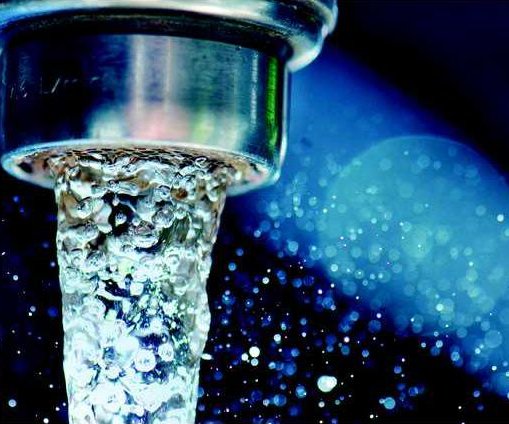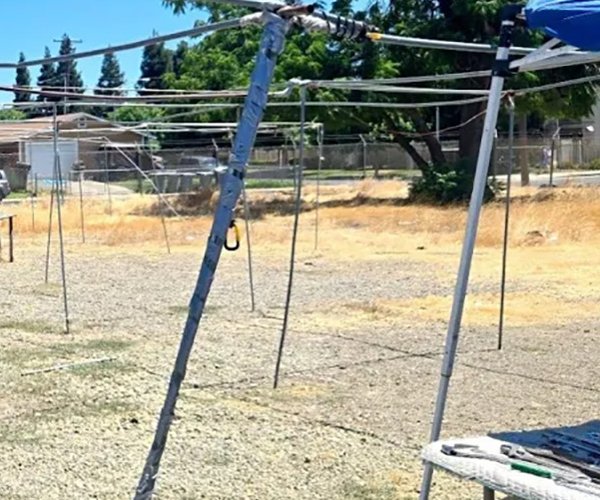The grass in front of Emanuel Medical Center and Stanislaus State is going to turn brown.
State edict: Say goodbye green grass


Latest
-
 Council hears pros and cons of becoming a charter city
Council hears pros and cons of becoming a charter city -
 To fight cancer-causing ‘Erin Brockovich’ toxin, California may give water districts legal cover
To fight cancer-causing ‘Erin Brockovich’ toxin, California may give water districts legal cover -
 Council set to renew Parent University partnership, consider becoming a charter city
Council set to renew Parent University partnership, consider becoming a charter city -
 Sikh leaders cheer California anti-intimidation bill proposed by Merced legislators
Sikh leaders cheer California anti-intimidation bill proposed by Merced legislators



